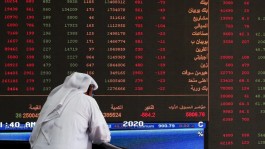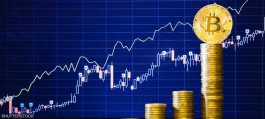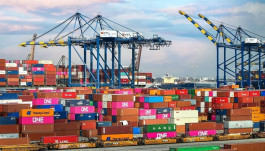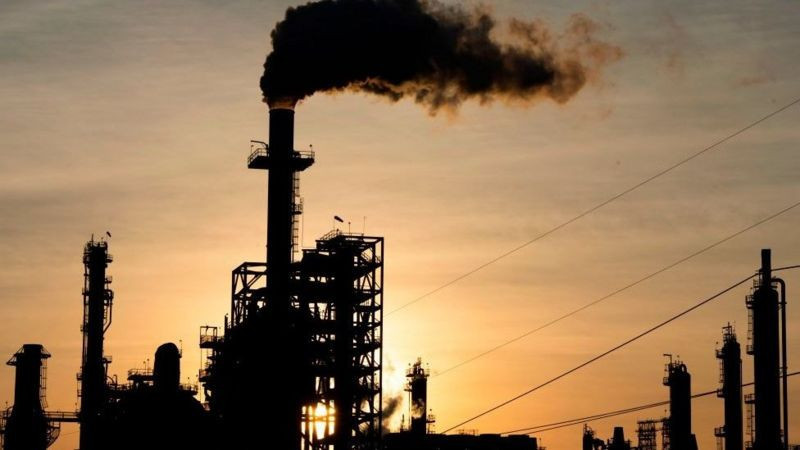Oil prices rose, the day before yesterday, after the International Energy Agency expected record global demand and shrinking supplies, which prompted oil to achieve gains for the seventh week in a row, in the longest streak of gains since 2022.
Brent crude futures rose 41 cents, or 0.5%, to settle at $86.81 a barrel, while US West Texas Intermediate crude futures rose 37 cents, or 0.5%, to settle at $83.19 a barrel.
Inventories decline
The International Energy Agency said: Global demand for oil reached a record level of 103 million barrels per day in June, and could reach another peak this month.
At the same time, the decision of Saudi Arabia and Russia to extend production cuts caused a sharp decline in stocks for the remainder of 2023, which the International Energy Agency said could lead to a further increase in oil prices.
The Organization of the Petroleum Exporting Countries (OPEC) said on Thursday that it expects global oil demand to rise by 2.44 million barrels per day this year, adding that the oil market prospects look good in the second half of the year.
Investor sentiment was boosted by US economic data released this week, fueling speculation that the Federal Reserve (the US central bank) is close to ending the interest rate hike cycle.
Craig Erlam, an analyst at OANDA, said: The reduction in supplies and the improvement in economic prospects gave optimism to oil investors, but he pointed to signs of diminishing momentum, after a continuous rise in prices. The US median is at its highest level this year.
The last time the price of Brent crude rose for seven consecutive weeks was in January-February 2022 before the war between Russia and Ukraine. Unstable economic data coming out of China affected sentiment.
And while customs data showed an increase in crude oil imports on an annual basis, China's total exports fell 14.5% in July, with monthly crude imports falling from near-record highs in June to their lowest levels since last January.
Mexico hurricanes
In addition, gasoline prices increased in the United States, during trading, the day before yesterday, in an upward wave, following the increasing expectations of hurricanes in the Gulf of Mexico threatening to disrupt refineries, in conjunction with the summer driving season.
Gasoline futures for September delivery rose nearly 2% to $2.9649 a gallon, the highest settlement in more than a year, with contracts recording a weekly gain of 6.55%.
And the average US retail price of gasoline, the day before yesterday, was $ 3,841, which is 30 cents higher than the average for the past month, according to data from the Association of North American Automobile Clubs (AAA).
The seasonal rise for this year was affected by the decline in supplies, within 10 weeks, due to the interruption of refineries in the eastern United States and the Gulf coast, and strong exports to global markets from the United States, which are usually imported from other countries to supplement their production.
And at the beginning of this month, money managers boosted their net long holdings of gasoline futures contracts to their highest levels since late February 2022.





































